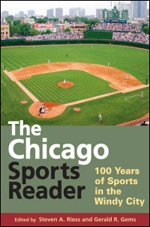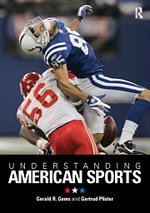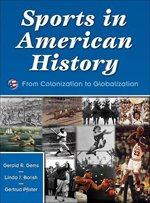Cécile Ottogalli-Mazzacavallo and Jean Saint-Martin. Women and Men in Mountain Sports: Beyond the Differences. Grenoble: MSH des Alpes, 2009.
 |
Following the works on Sport and Gender introduced in France by the Centre for Research and Innovation in Sport (CRIS-University Lyon1-France), this book will focus on the role of mountain sports in the construction of sexual identities. Mountain sports are analyzed by different scientific fields (History, Sociology, Anthropology, Management, Economy, Psychology and Educational Sciences) and at various levels going from the processes involved in sport until the practices themselves.
This book is the proceedings of the International Congress which was organized in Lyon in May 2008. Here, 30 articles highlight the gendered conditions of the birth and development of the mountain sports. It would like to complete the current knowledge on the construction of masculinities and femininities and on the hierarchical relationships between them. |
What was and what is the specificity of mountain sports according to gender? How can gender influenced spaces, times, practices and mountain sport institutions?
This book analyzes nine thematic topics:
–Sexual Imagination and mountain
–Sports Organizations, Gender and mountain
–“New practices”, Gender and mountain
–Sports Event, Gender and mountain
–Professionalization, Gender and mountain
–Actors, actresses and mountain
–Sexuality and mountain
–Techniques, technology, Gender and mountain



